Introduction to Artist Branding in Hip-Hop
In the hip-hop game, your brand is your identity. It’s the vibe you bring, the message you shout, and the image you rock. When we talk artist branding in hip-hop, we’re diving into how these musicians create a unique space for themselves in a crowded room. It’s not just about having dope beats or slick lyrics—though those are crucial. It’s about standing out, being memorable, and connecting with your audience on a level that goes beyond the music. Whether it’s the way they dress, the causes they champion, or the way they interact with fans online, every choice adds up to create a brand. For independent hip-hop artists, nailing this can be the difference between getting lost in the noise and building a loyal following. So, when we explore artist branding in hip-hop, we’re essentially unpacking the blueprint these artists use to carve out their spot in the culture and make sure when they drop a track, the world stops to listen.
The Evolution of Artist Branding in Hip-Hop Culture
Back in the day, branding for hip-hop artists was mostly about the music. Fast forward, and now it’s a whole universe. It’s about the music, sure, but also the clothes, the videos, the social media vibe, the collaborations, and even the causes they stand for. Early on, rappers like Run D.M.C. made waves by repping Adidas, not because of some million-dollar deal, but because it was part of their street style. This authentic connection between personal style and music created a blueprint for artist branding in hip-hop. Fast forward to today, and you’ve got artists like Kanye West and Rihanna turning their brand into empires that span music, fashion, and beyond. It’s no longer just about dropping bars; it’s about creating a brand that resonates on multiple levels with fans. The evolution of artist branding in hip-hop shows how integral an artist’s image and message are to their overall impact. It’s not just about selling records; it’s about creating a legacy.
Key Elements of Successful Artist Branding in Independent Hip-Hop
In the world of independent hip-hop, artist branding is not just a buzzword; it’s the backbone of an artist’s identity and success. It’s what sets you apart in a crowded scene. Let’s break it down to the essentials, simple and straightforward. First up, your image. This is how you present yourself visually. It’s not just about looking good; it’s about having a distinct style that fans can instantly recognize. From your fashion sense to your album artwork, every visual element needs to scream ‘you’. Next, your message. What are you about? Your lyrics, social media posts, and even the causes you support tell your story. Stay true to your values, and your authenticity will resonate with your audience. Social media, can’t ignore that. It’s your direct line to fans. Engage with them, share your journey, and be consistent. Whether it’s dropping sneak peeks of your work or just sharing life updates, keep it real. Lastly, live performances. This is where the magic happens. Your energy on stage can turn listeners into lifelong fans. Give them a show they won’t forget. Every element of your brand should be aligned, from your music to your merch. Independent hip-hop thrives on uniqueness, and by nailing your artist branding, you’re not just making music; you’re creating an experience. Remember, in this game, it’s not just about the tracks you drop; it’s about the mark you leave.
The Role of Social Media in Artist Branding
Social media isn’t just a tool—it’s the game changer for independent hip-hop artists. In the past, getting heard meant getting signed. Not anymore. Platforms like Instagram, Twitter, and TikTok have turned the tables. Here’s how. First, it’s about visibility. An artist drops a track online, and with the right hashtags, it’s global within hours. No billboards, no waiting for radio play. Instant connection. Second, it’s personal. Fans don’t just follow the music; they follow the journey. Every studio session clip or behind-the-scenes story adds layers to the artist’s brand, making fans feel like part of the process. And third, feedback is real-time. Drop a snippet, and the comments section tells you if it’s fire or if you need to hit the drawing board again. This direct line shapes the music, making it a living conversation between artist and audience. Bottom line, in today’s hip-hop scene, if you’re not leveraging social media, you’re not just missing out—you’re out. Period.
Case Studies: Independent Hip-Hop Artists Who Mastered Branding
When it comes to standing out in the independent hip-hop scene, branding is everything. Let’s take a look at artists who got it right. First up, Chance the Rapper. He refused big label deals, choosing to stay independent. His branding genius? The iconic “3” hat, symbolizing his third mixtape, “Coloring Book.” This simple yet powerful symbol made him instantly recognizable. Next, Tyler, The Creator, who built his brand around his unique personality and DIY ethic. His brand, Odd Future, became a cultural movement, extending beyond music to clothing and festivals, showing how an artist’s brand can expand into a lifestyle. MF Doom, with his mysterious persona and signature metal mask, created a brand that was about intrigue and mystery, making each appearance and release an event in itself. These artists prove that with the right branding, independent hip-hop artists can carve out a massive impact, turning their unique visions into influential cultural statements.
The Impact of Visual Identity in Artist Branding
In the independent hip-hop scene, how an artist looks and presents themselves is almost as crucial as their music. This is where visual identity comes into play. Think of it as the artist’s visual handshake with the world. It’s their logo, album art, social media aesthetic, and fashion sense all rolled into one. This isn’t just about looking good; it’s about communicating who the artist is, what they stand for, and the kind of music they create, without saying a word.
For successful artists in the indie hip-hop culture, a strong visual identity does more than make them recognizable; it tells a story. When fans see an artist’s imagery, they immediately know what to expect. This visual consistency helps build a deeper connection with the audience. It’s like when you see a red and white can; you think of Coca-Cola without even reading the label. That’s the power of strong visual branding.
Moreover, in a crowded market, artists with a distinct visual identity stand out. They’re remembered and talked about. Imagine scrolling through social media and stopping at a striking album cover or a unique artist photo – that’s the first step to getting new listeners to press play.
In essence, for indie hip-hop artists, excelling in visual identity isn’t just about aesthetics; it’s a strategic tool. It can make the difference between blending in and standing out, between being heard and being overlooked.
Networking and Collaborations: Expanding Brand Influence
In the hip-hop world, who you know can be as important as what you know. Independent artists often kickstart their careers by rubbing elbows with the right people. Networking isn’t just about swapping phone numbers at parties. It’s about building genuine relationships with other artists, producers, and industry insiders. Think of collaborations as a mega boost for your brand. When you team up with another artist, you’re not just merging your musical talents. You’re combining your fan bases, and that’s a direct line to expanding your influence. This isn’t just about making music together; it’s about sharing each other’s platforms, be it through social media shoutouts or featuring in each other’s tracks. Remember, every collaboration has the potential to unlock doors to new opportunities. So, keep it real, stay open to teaming up, and watch your brand’s influence grow in the independent hip-hop culture.
Challenges and Pitfalls in Building an Artist Brand
Building an artist brand in the independent hip-hop scene isn’t a walk in the park. First off, competition is fierce. You’re not just up against local acts but artists worldwide thanks to the digital age. Then there’s the authenticity factor. Hip-hop fans can sniff out a fake from miles away, so if your brand doesn’t align with who you are, they’ll move on fast. Another big challenge is visibility. With so many artists out there, standing out is tougher than ever. Social media can help, but it’s a double-edged sword. It takes time and savvy to use effectively, and even then, it’s easy to get lost in the noise.
Money – that’s another big one. Brand building isn’t cheap. From marketing materials to quality production, it costs. And without major label backing, those costs come straight from your pocket. Lastly, there’s the pitfall of not evolving. What works today may not work tomorrow. Staying relevant means staying on top of trends and continuously refining your brand.
Remember, these challenges don’t mean it’s impossible to build a successful artist brand in hip-hop. They’re just hurdles on the track to success. Keep it real, stay dedicated, and keep pushing your limits.
Strategies for Sustaining Your Brand in the Independent Hip-Hop Scene
Building a brand in the independent hip-hop scene goes beyond just making music. It’s about creating an identity that resonates with your audience and stands out. Here’s how to keep your brand strong:
Be consistent: Whether it’s your sound, your message, or your visual style, stick to it. Fans should know it’s you, whether they hear a track or see an image.
Engage with your fans: Social media isn’t just for posting; it’s for interacting. Reply to comments, share stories, and involve your audience in your journey. It makes them feel connected and part of your world.
Collaborate: Work with other artists, producers, and brands. It gets your name out to different audiences and adds diversity to your repertoire without diluting your brand.
Stay authentic: Your brand should reflect who you are. Trying to be something you’re not will only lead to disconnect. People are drawn to real, relatable artists.
Innovate: The music industry changes fast. What worked yesterday might not work tomorrow. Keep an eye on trends and be ready to adapt, but always make sure it aligns with your brand.
Tell your story: Everyone loves a story. Share yours through your music, your visuals, and your interactions. It helps fans understand who you are and why they should care.
Sustaining your brand is a constant effort, but it’s crucial for long-term success in the independent hip-hop scene. Stand out, stay true, and keep pushing the boundaries.
The Future of Artist Branding in Hip-Hop Culture
As hip-hop continues to evolve, artist branding in the genre isn’t just sticking around; it’s becoming more crucial. The artists who get remembered aren’t just the ones with catchy tunes but those who’ve built a strong, authentic brand around their music. The future of hip-hop culture hinges on artists’ ability to stand out in a saturated market. Those who can cleverly use social media, connect with fans on a personal level, and maintain consistency in their branding efforts will lead the pack. In the end, branding isn’t just about selling music or merch; it’s about creating a legacy. As we move forward, the artists at the forefront of hip-hop will be the ones who understand that their brand is as vital as their beats.

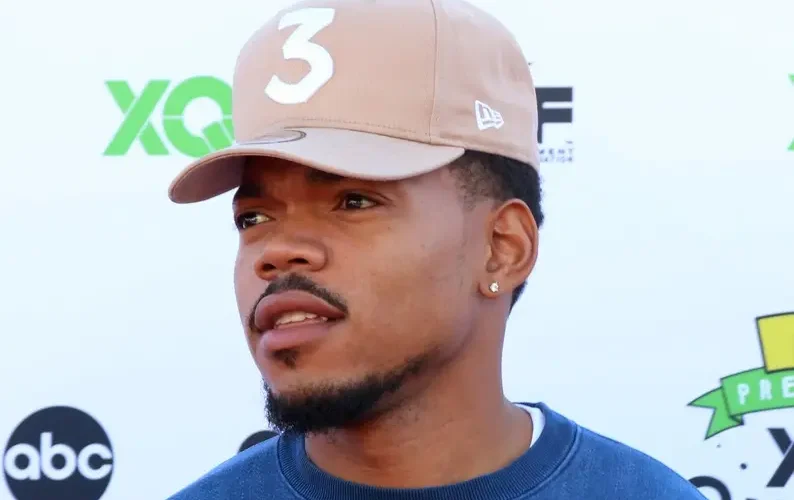


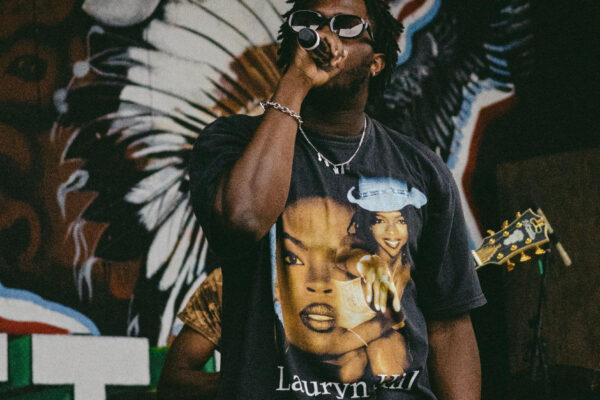
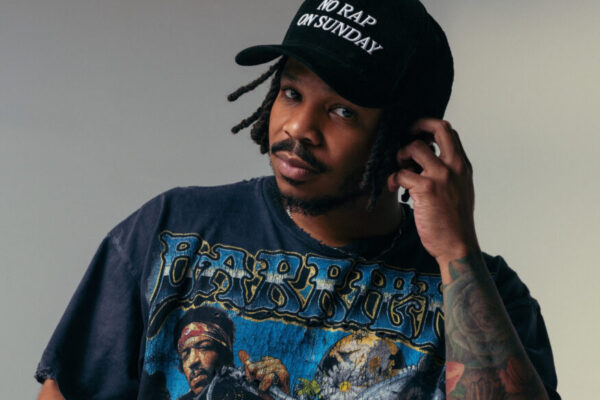
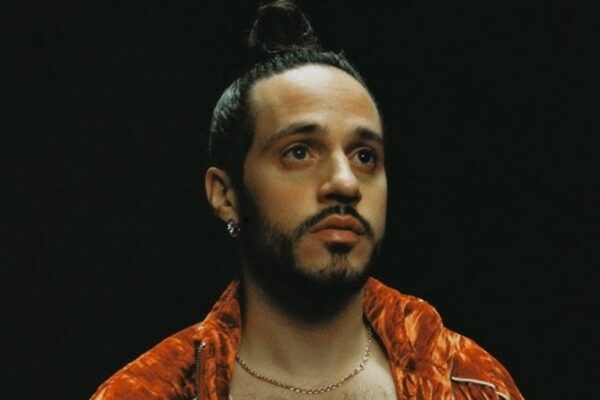
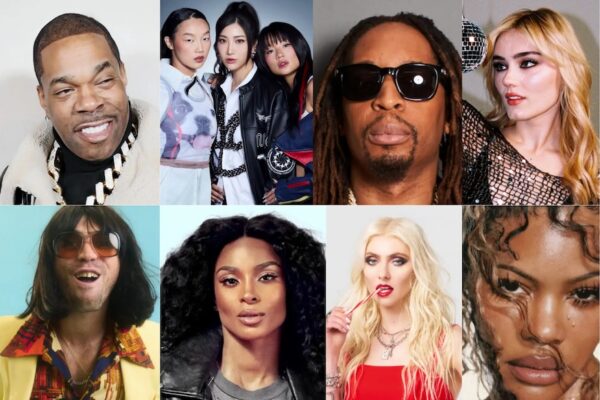
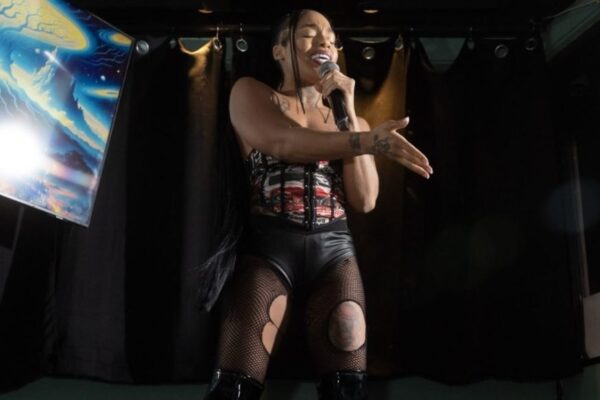
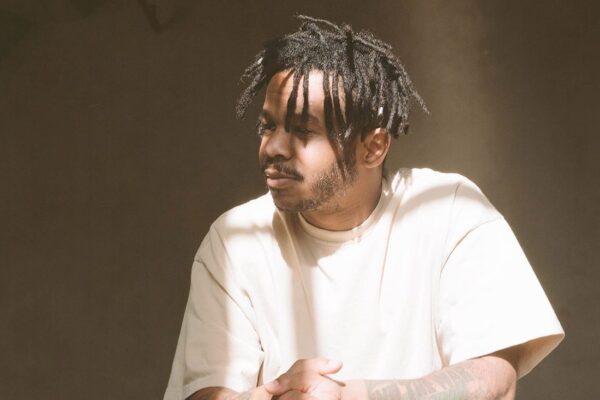
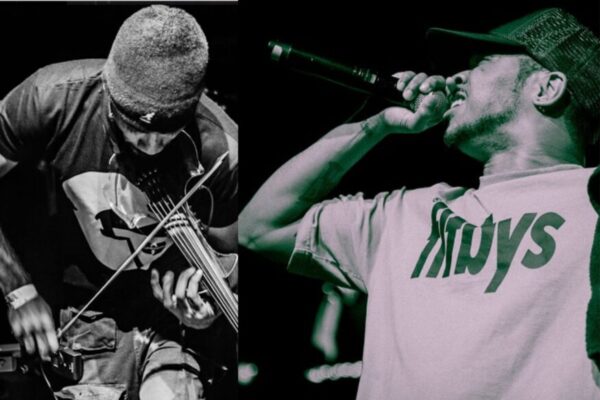




Leave a Reply